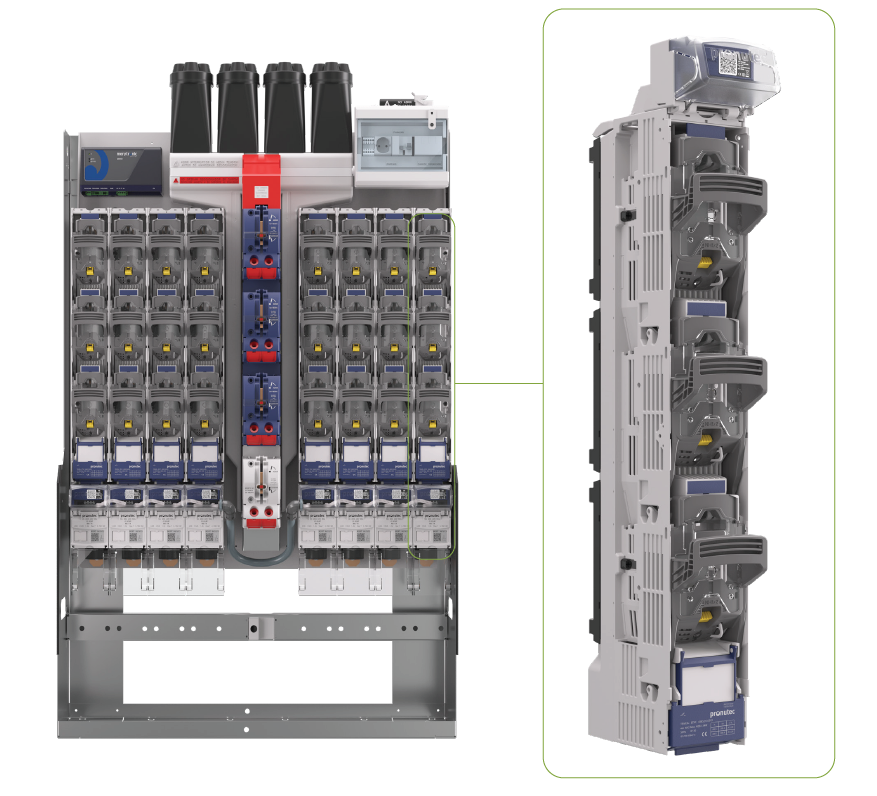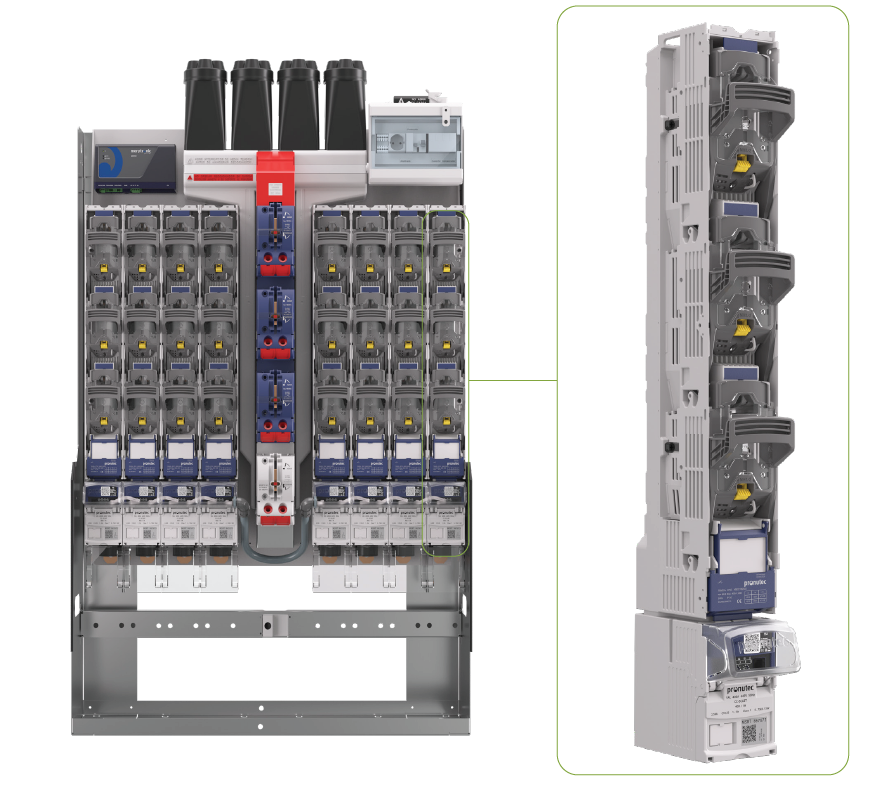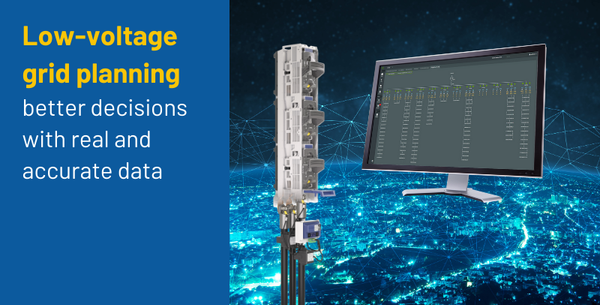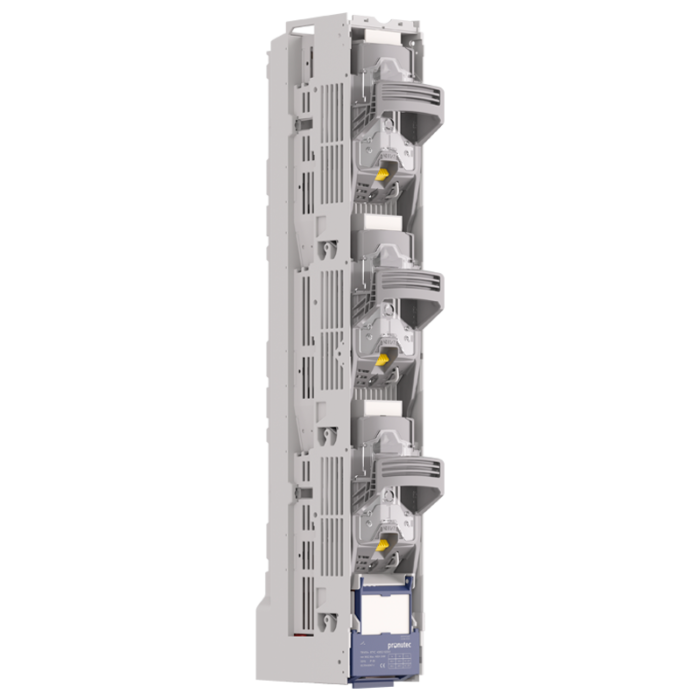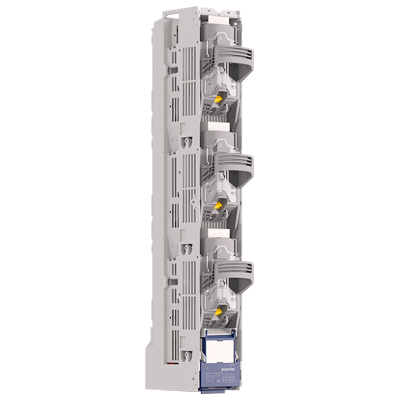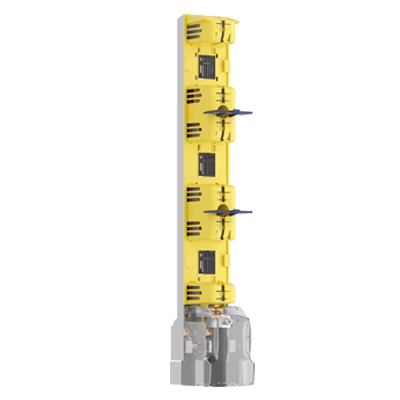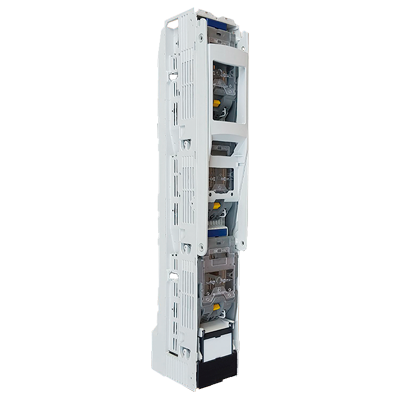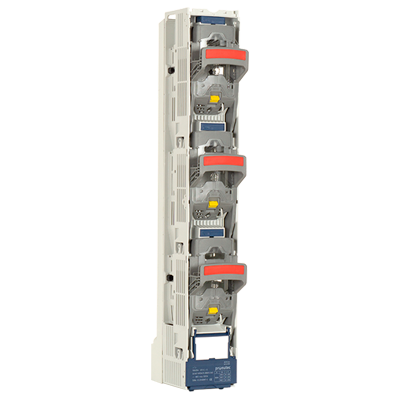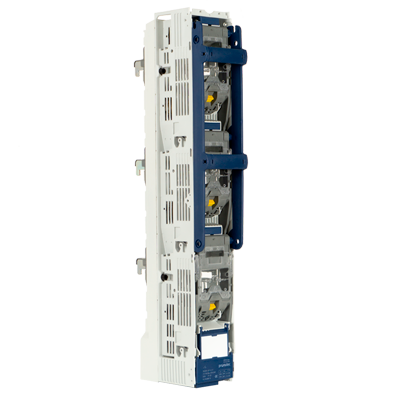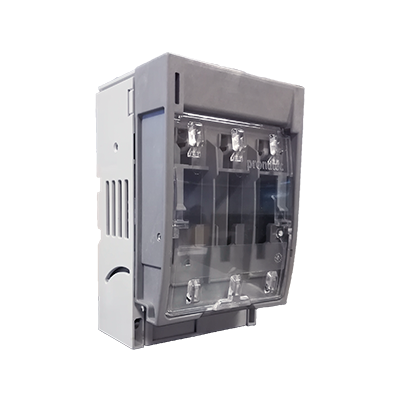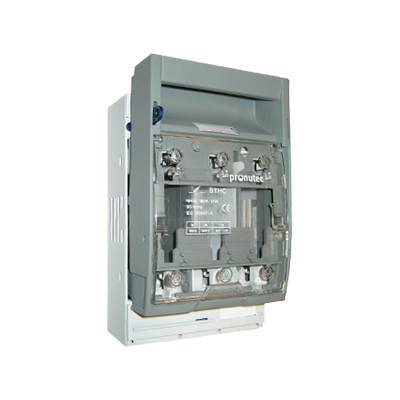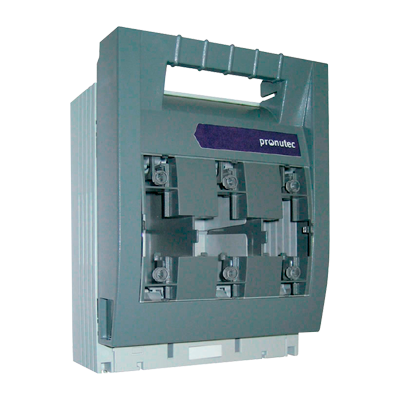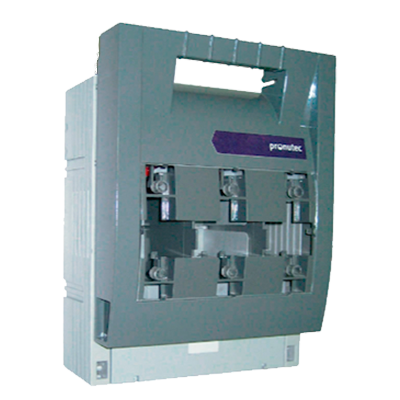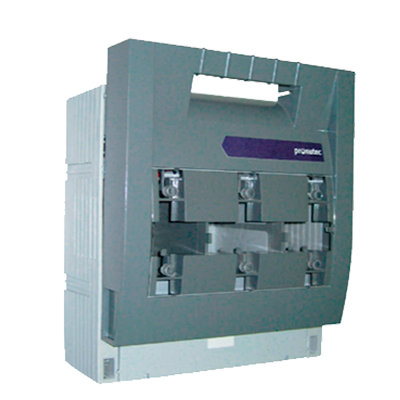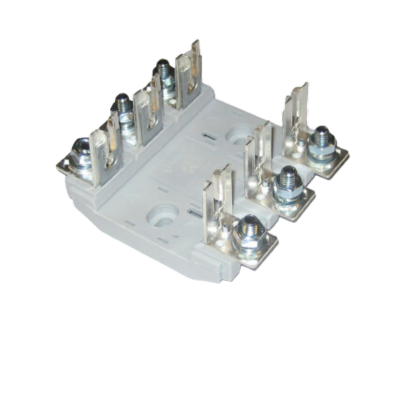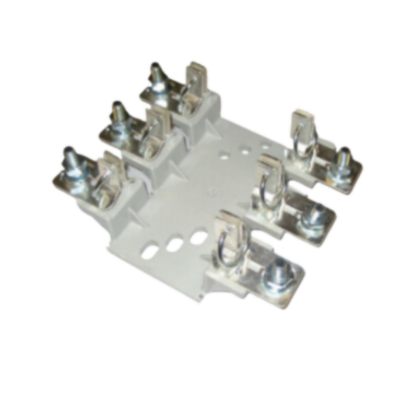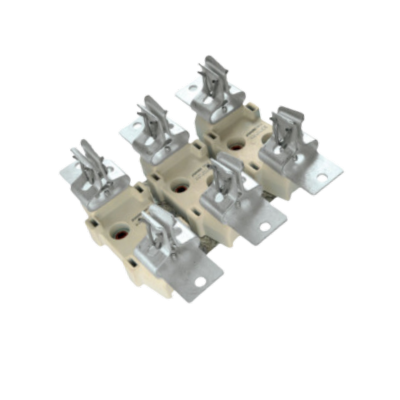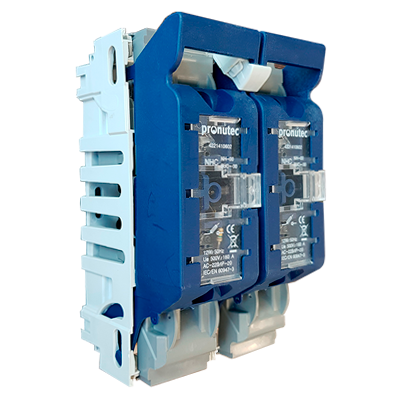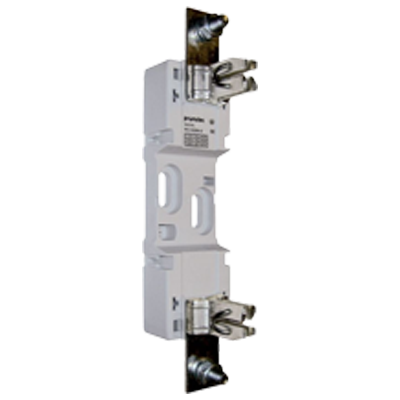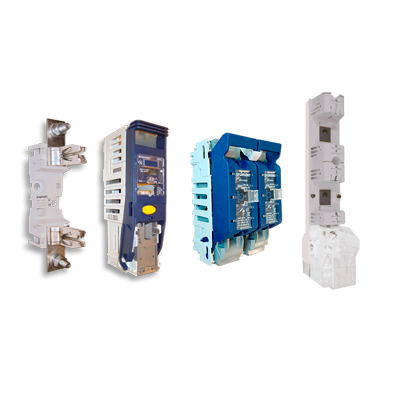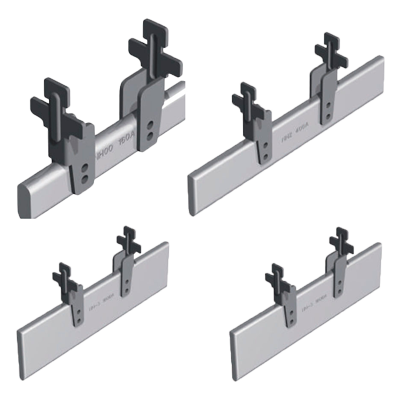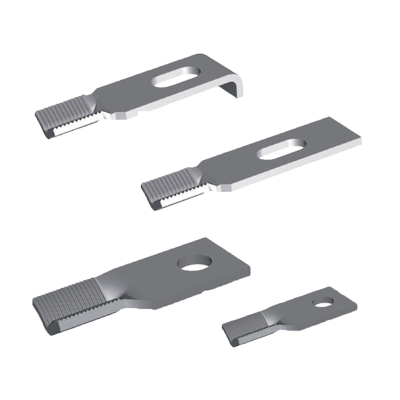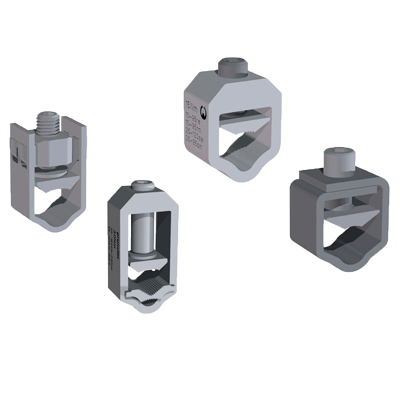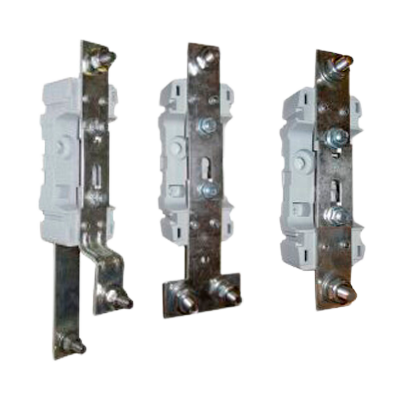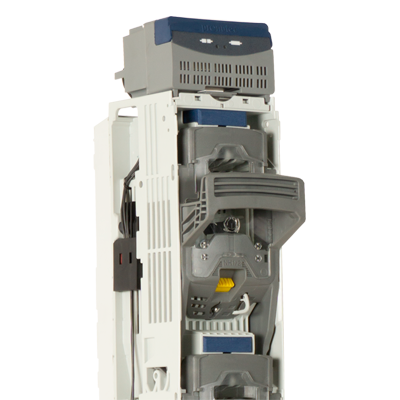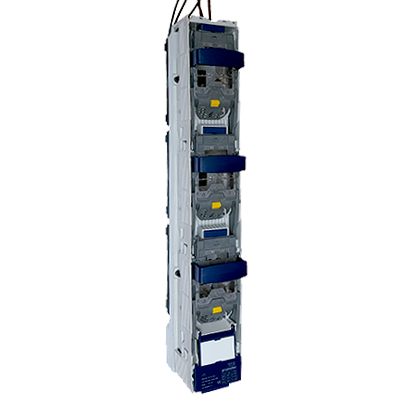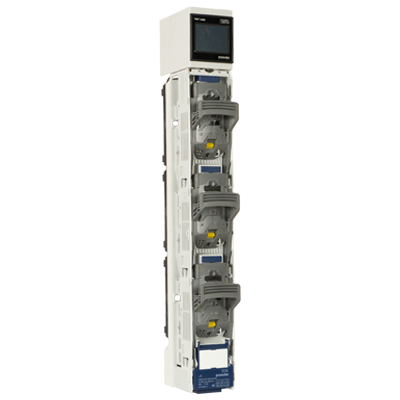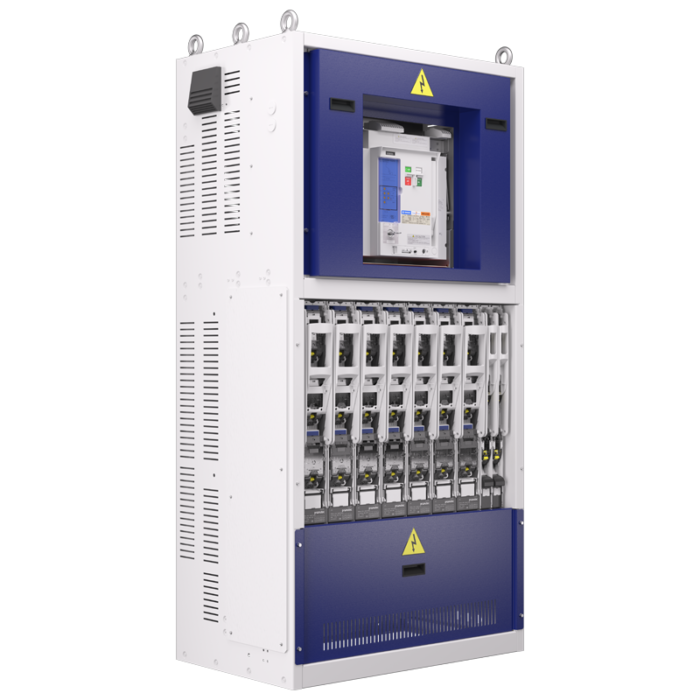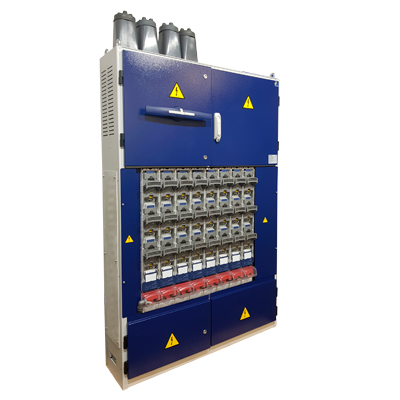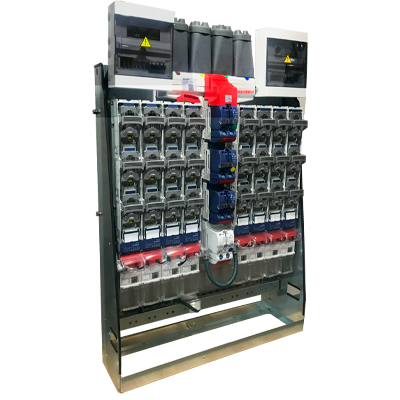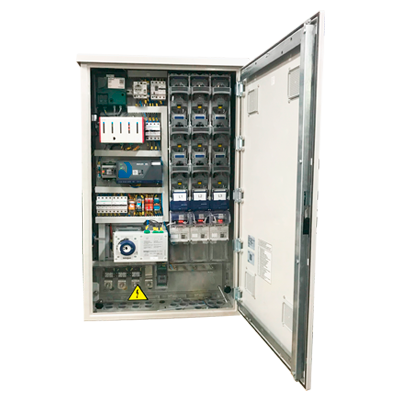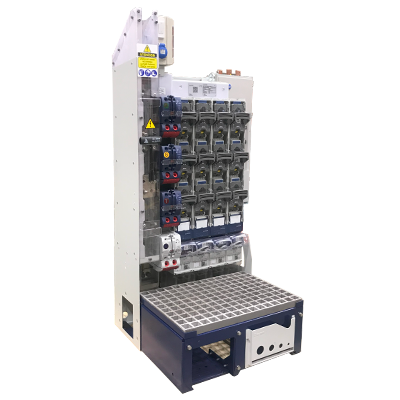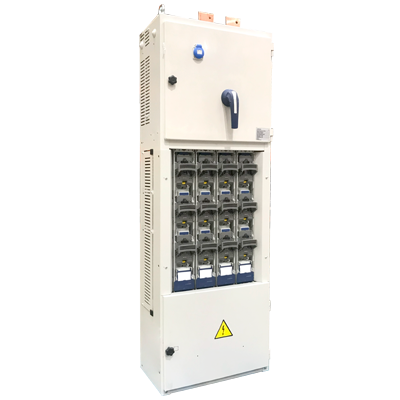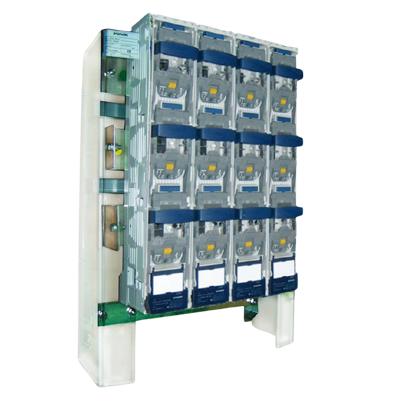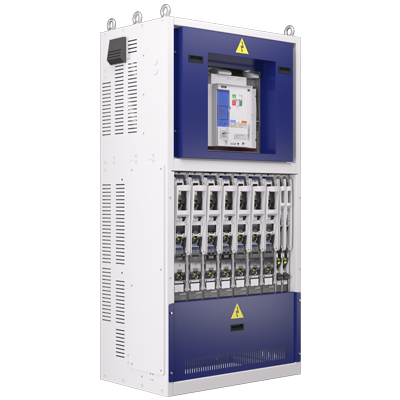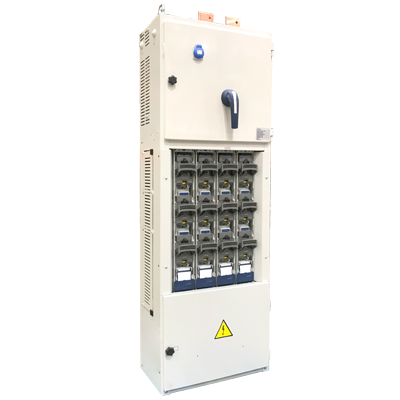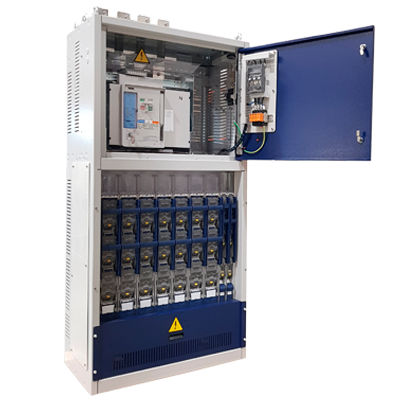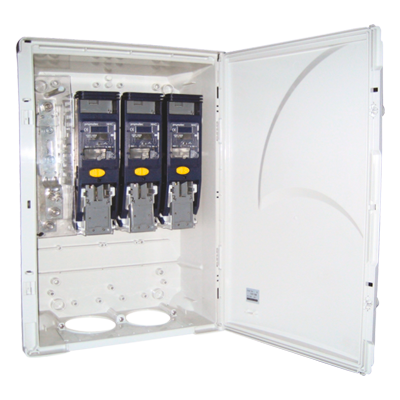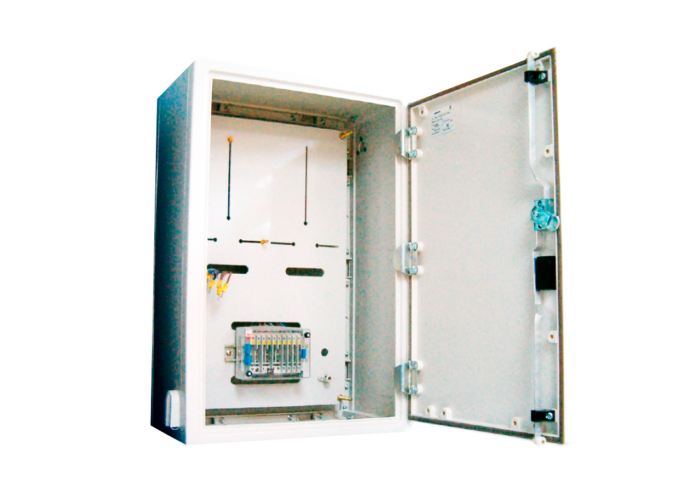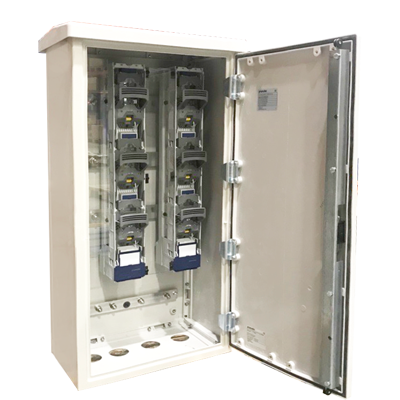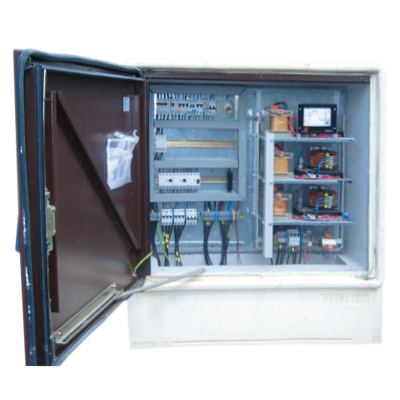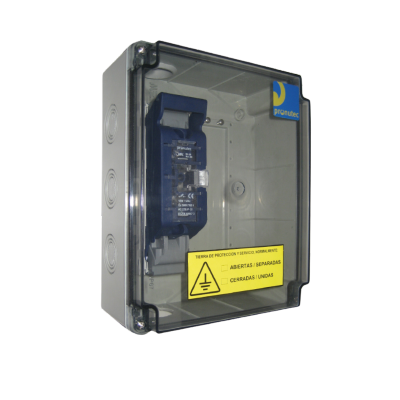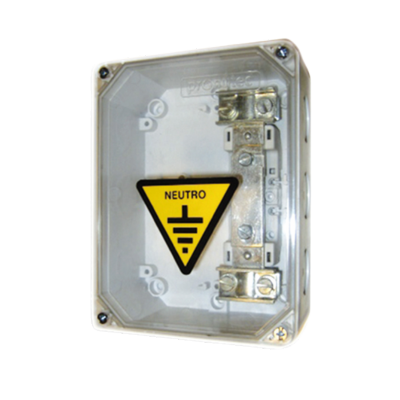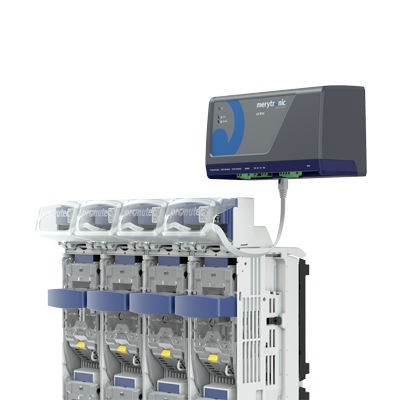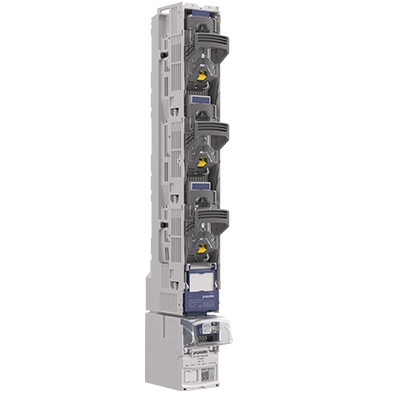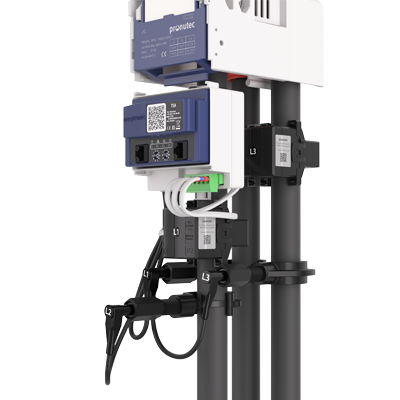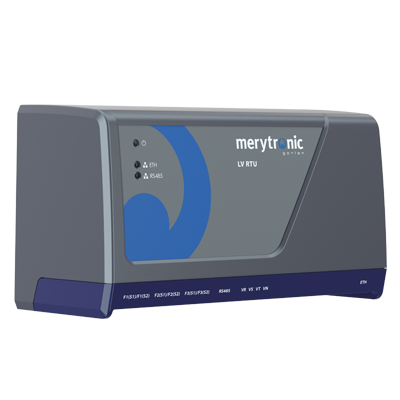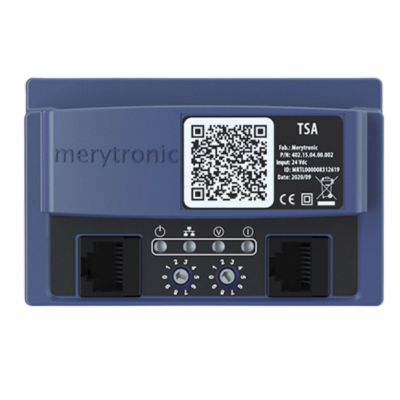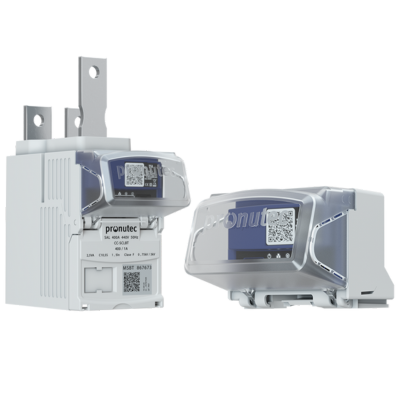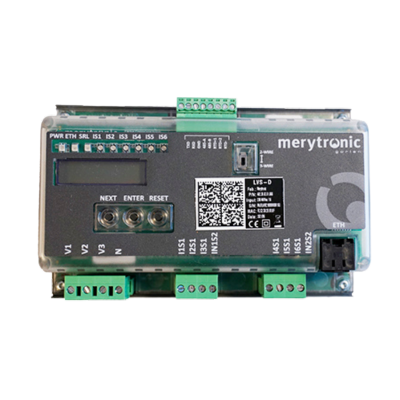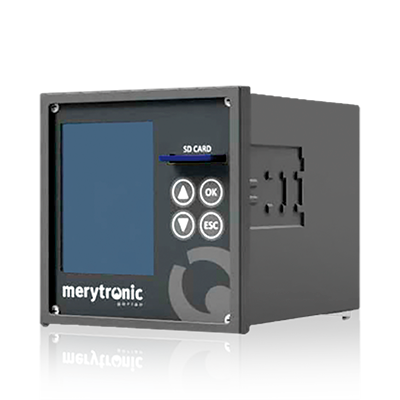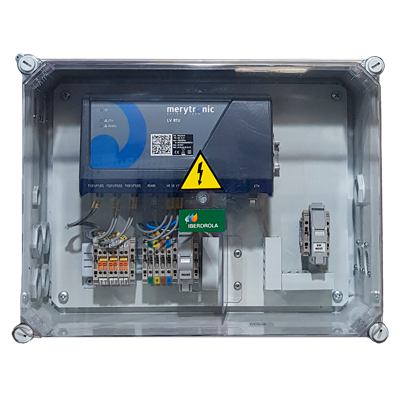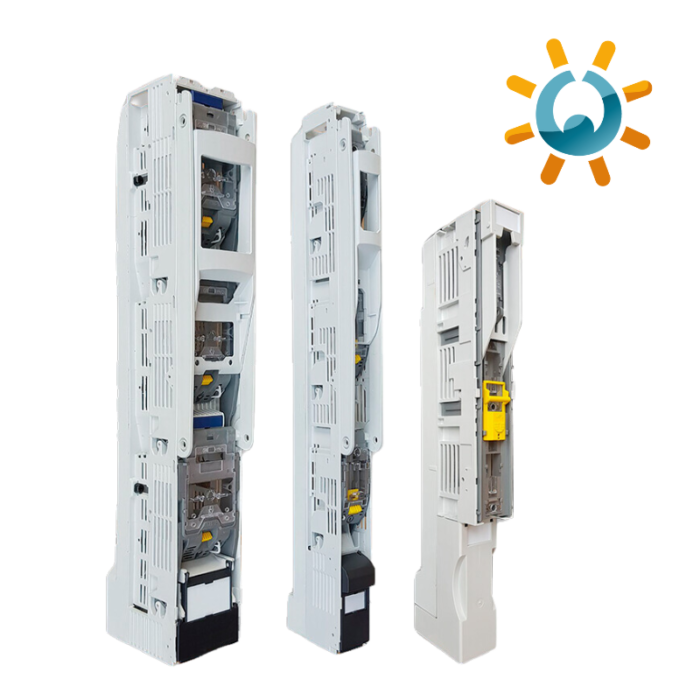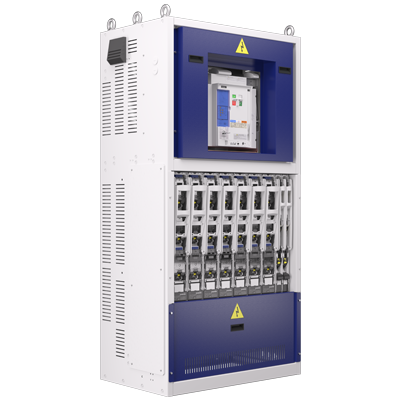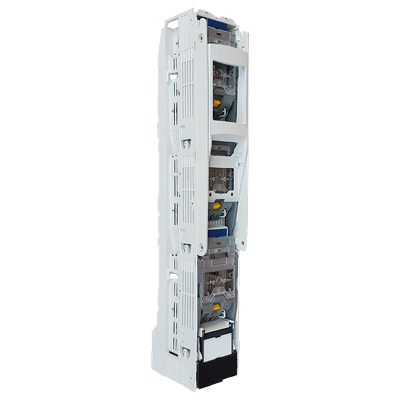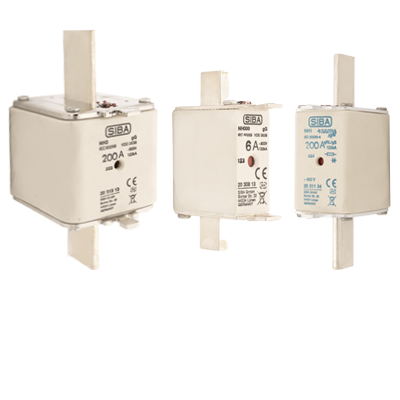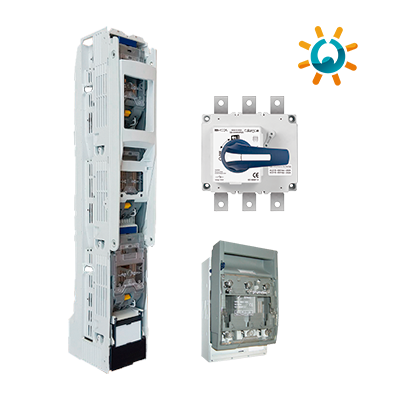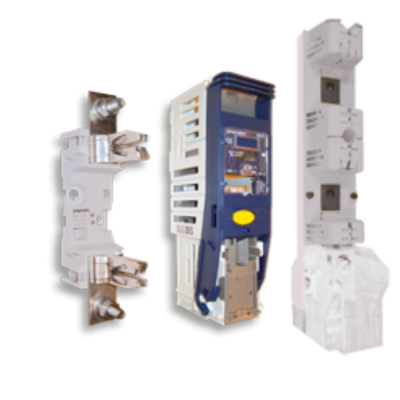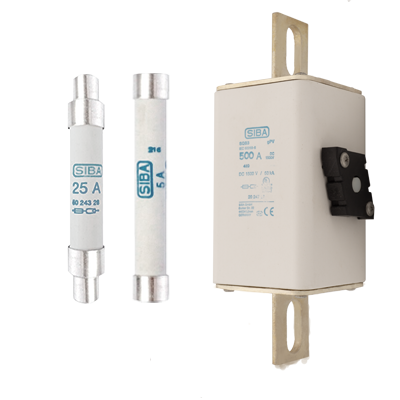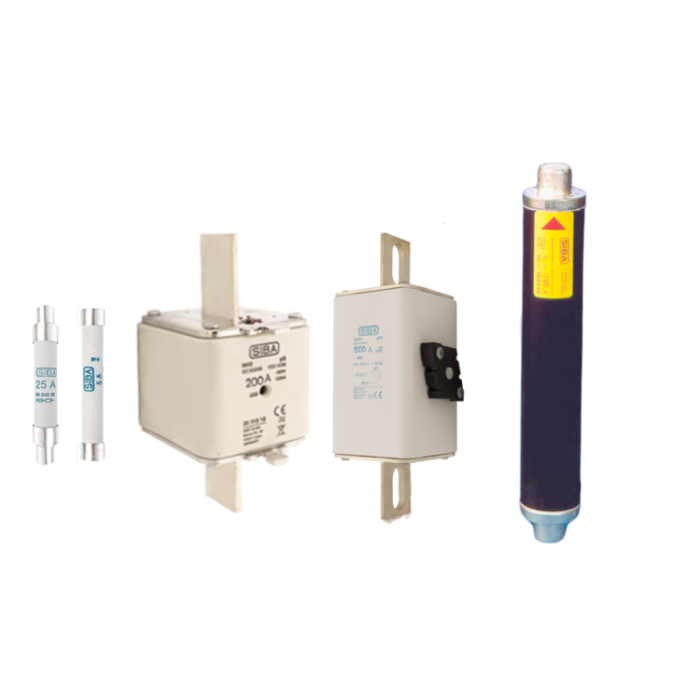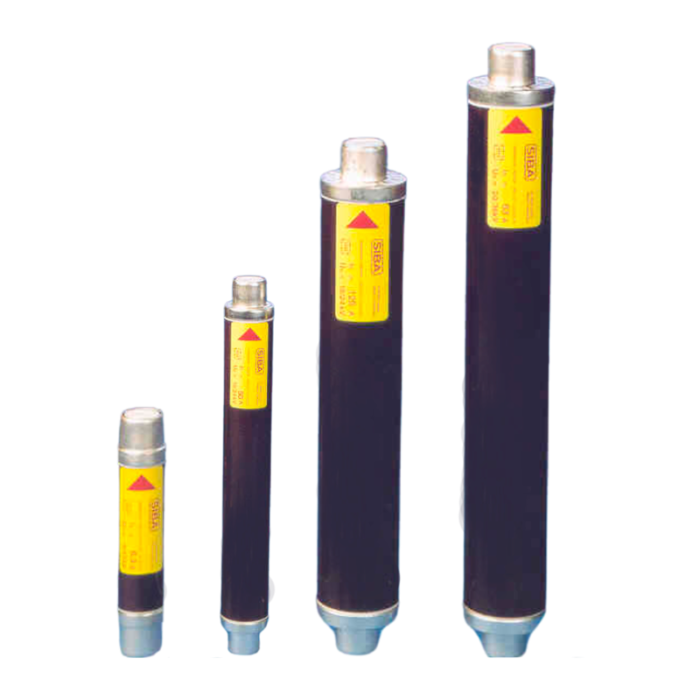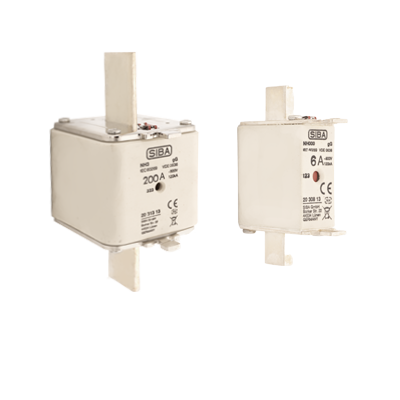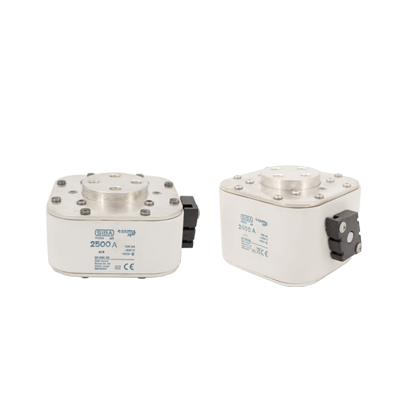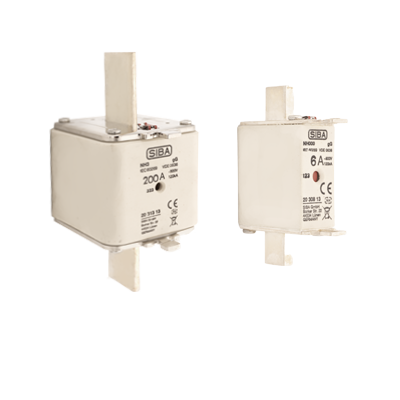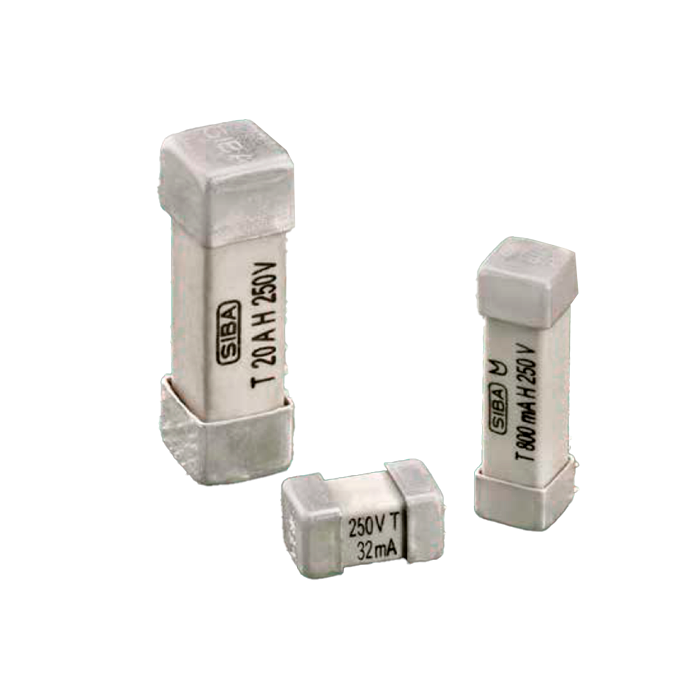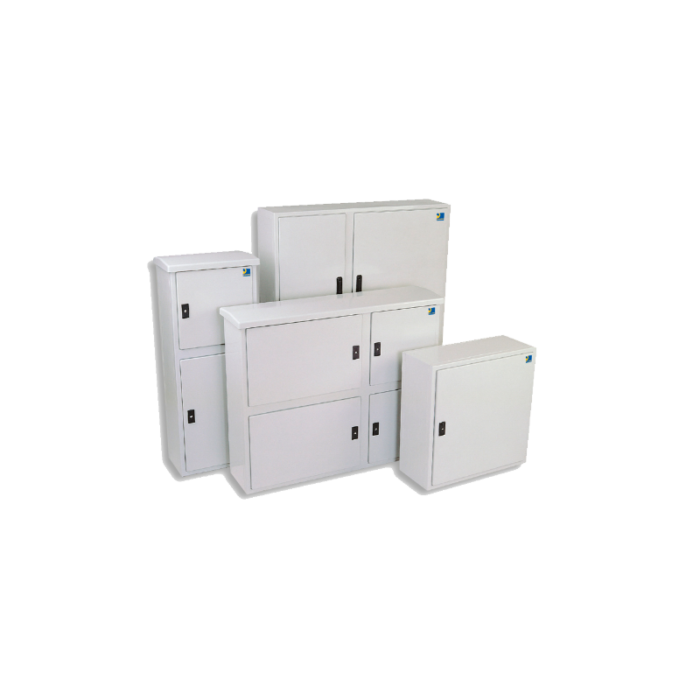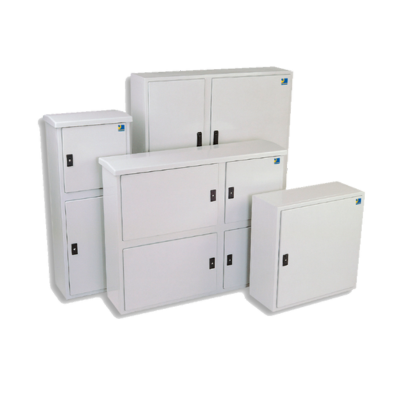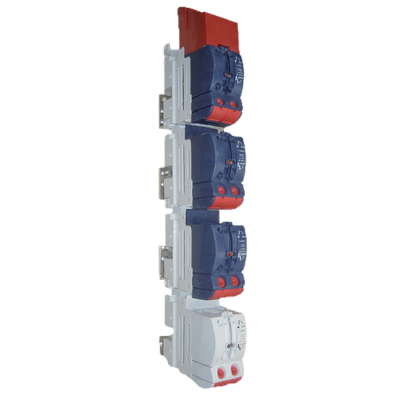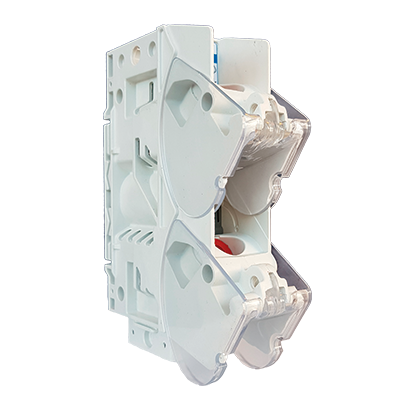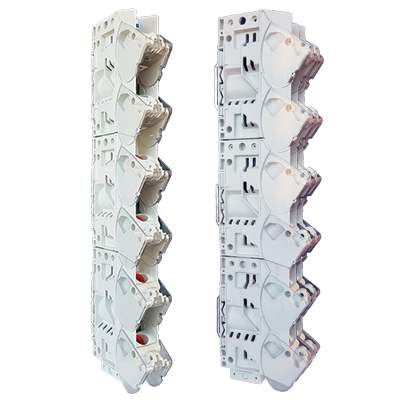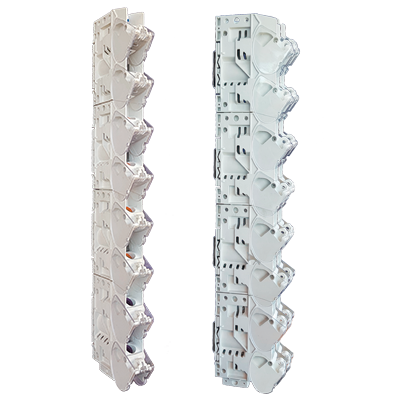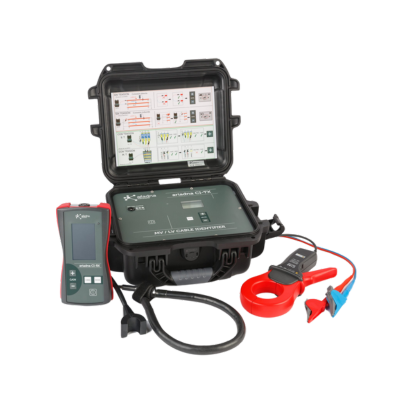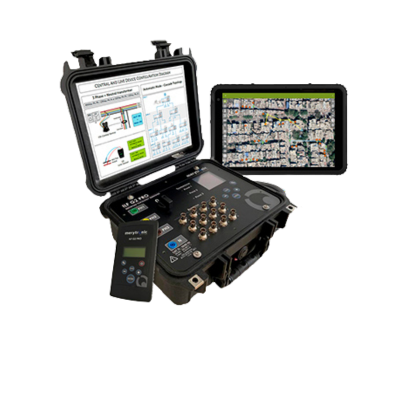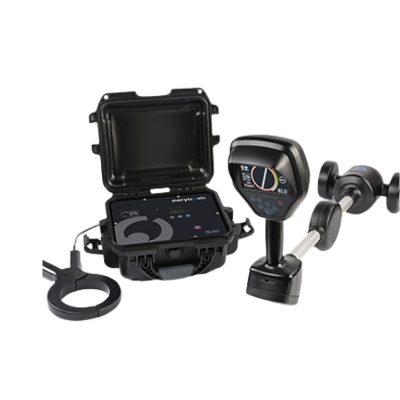
Low-voltage grid planning: making better decisions with real and accurate data
In the current context of energy transition, the low-voltage (LV) grid is assuming a key role as a space for interaction between distributed generation, storage, electric vehicles and increasingly demanding consumption. This new complexity requires distribution companies to plan the grid based on real, continuous and accurate information, beyond historical estimates or static models.
At Pronutec, we understand that without visibility there is no effective planning. That is why our monitoring and metering solutions for LV switchboards are designed to provide useful, accessible data adapted to the current challenges of electrical infrastructures.
Why the LV network needs to be planned based on accurate operational data
Traditional planning was based on conservative assumptions and broad rules. However, the new environment imposes challenges that require dynamic planning adapted to what actually happens on the network:
– Mismatches between forecast and reality: the penetration of distributed generation and new consumption habits introduce large variabilities that can only be detected with real measurement.
– Asymmetrical infrastructures: transformers and lines may be underused or overloaded depending on the load distribution between phases or the local consumption profile.
– Lack of balance: imbalances between phases reduce efficiency and generate technical losses, as well as increase the risk of incidents.
To address these challenges, it is essential to have data to understand the real state of the network, to anticipate future congestion and to direct investments with technical and economic criteria.
What Pronutec’s advanced supervision provides
Pronutec’s intelligent solutions, such as the SFS intelligent fuse bases and the Live Retrofit Supervisor (LRS), allow LV switchboards to be equipped with metering capabilities per line and per phase, without interrupting the supply and without modifying the existing infrastructure. This translates into:
- Detailed visibility of the network
– Current and voltage measurement per phase and feeder.
– Imported and exported active and reactive power.
– Imported and exported active and reactive energy.
– Detection of load unbalance, overvoltage and undervoltage.
– Distribution transformer saturation state
– Identification of under-utilised or overloaded lines.
- Key information for planning
Thanks to the historical analysis of this data, it is possible to:
– Know if a transformer is close to its limit or if there is margin for new loads.
– Detect local overloads on certain lines or phases, without having to wait for them to manifest themselves as faults.
– Propose a more balanced distribution of loads, optimising the use of existing infrastructure.
– Prioritise investments in reinforcements or extensions only where they are really needed.
In short, the aim is to move from planning based on forecasts to planning based on reality, improving the operational and economic efficiency of the system.
Integration with analytic platforms and SCADA
All this information is collected in real time and can be easily integrated into SCADA, advanced analytics platforms or network planning tools thanks to the open architecture and standard protocols used by Pronutec.
This allows network operators to
– Analyse the historical and current behaviour of each switchboard.
– Simulate future scenarios based on real data.
– Justify and document decisions to regulators or other system agents.
Flexible installation, adapted to any infrastructure
One of the great advantages of Pronutec’s solutions is their capacity to adapt to existing switchboards, without the need for complex infrastructure works or supply interruptions:
– Variety of product to be able to install not only in new installations, but also in existing installations.
– Possibility of live installation (without power interruptions), thanks to open core transformers and non-intrusive sensors in the LRS solution.
– Universal compatibility with any fuse switch or circuit breaker.
– Compact and modular design, easy to integrate even in old switchboards or with limited space.
Better planning is better investment
At a time when pressure on the network is growing and investments need to be optimised to the maximum, having detailed and up-to-date information on what is happening at each point in the network is becoming a competitive advantage.
Digitising the low-voltage switchboards of transformer substations allows distributors to make smarter, more justified and cost-effective decisions:
– Expand only where necessary.
– Postpone investments where there is operational margin.
– Anticipate problems before they become incidents.
Want to know how to make your LV switchboards smarter to improve your planning?
Contact us and find out how our solutions can help you build the network of the future with the data of today.
Related News
Discover our latest innovations at Enlit Bilbao, November 18–20!
From November 18 to 20, 2025, we will once again participate as exhibitors at Enlit...
Low-voltage grid planning: making better decisions with real and accurate data
In the current context of energy transition, the low-voltage (LV) grid is assuming a key...
Energetab 2025: new edition, new opportunities
From 16 to 18 September 2025, Pronutec will participate in Energetab, Poland's most important international...




